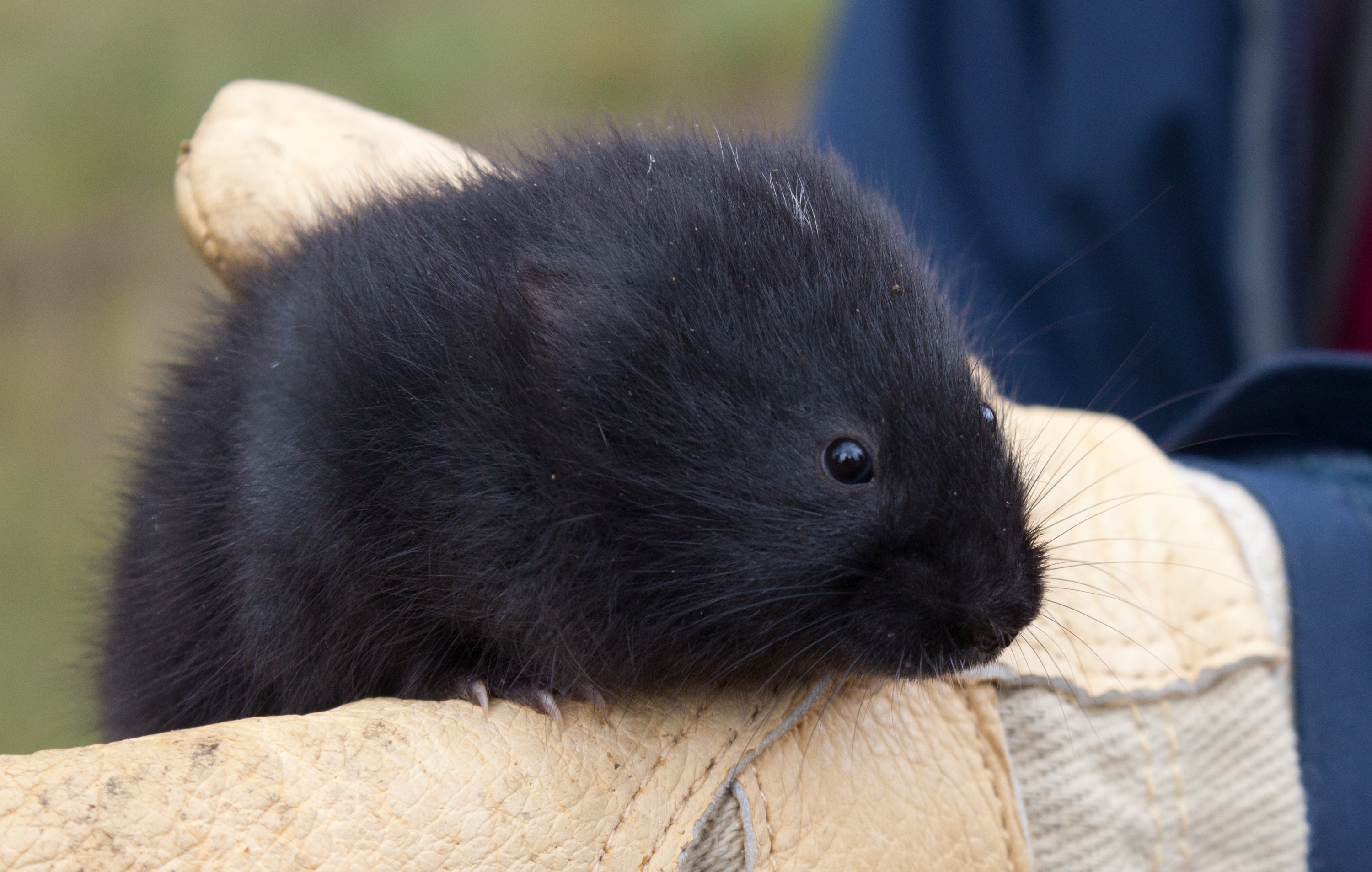A rodent with a rapidly declining population across the UK has returned to a Highland nature reserve for the first time in two decades.
Ecologists believe that efforts to eradicate non-native species such as mink in RSPB Insh Marshes has allowed the water vole to reappear and flourish in Strathspey.
The vole was made famous as the character Ratty in famous children’s book Wind in the Willows, published in 1908.
But now the small chubby rodents are the fastest declining mammal species in the UK, having seen numbers drop by 90% in the UK in just 40 years.
They were wiped out along the main stem of the River Spey, with only a few holding on in isolated pockets in the hills and headwaters.
However, efforts to eradicate non-native predators the American mink have helped the voles re-establish themselves in Insh Marshes at Kingussie and within the Cairngorms National Park.
The new population was discovered in July this year by RSPB officer James Silvey who was delighted with the find.
He said: “Water voles are extremely important mammals because they’re a really good sign of a healthy wetland environment and, rather unfortunately for them, they’re also an important link in the food chain.
“It’s great to see them returning to Strathspey and we are hopeful this population will go from strength to strength.”
In the first couple of years since efforts began around 30 mink were caught at Insh Marshes, and the trapping proved so effective that there have been only occasional sightings since then.
No mink have been trapped on the reserve for several years.
Mr Silvey added: “We have to remain vigilant to ensure that mink remain absent from the area. RSPB Scotland will continue to support the Scottish Mink Initiative in its efforts to remove mink from as much of the site as possible.
“People in the area can help protect water voles too, by looking out for them and reporting any sightings to us so we can monitor their populations.”
Hebe Carus, the RSPB’s Futurescapes Officer for the Cairngorms, said: “The return of the water vole to Insh Marshes is great news and all the staff and volunteers on the reserve are delighted.
“Concerted efforts across the Cairngorms National Park to remove the mink have allowed the water voles to re-establish themselves, and it just shows that landscape-scale conservation activity, involving willing landowners and other partners, can be really effective in achieving gains for wildlife.”
